Search Results for 'Four Courts Press'
22 results found.
Firing squads bring Civil War to a close
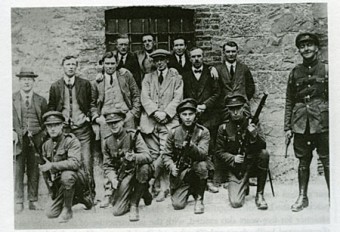
The Civil War in Galway came to an end because there was little appetite for further bloodshed in the face of ruthless determination by the Free State, or the pro-treatyites, to stamp out the anti-treaty forces. The Free State government warned that anyone carrying weapons other than the National Army, would be shot. Eleven Galway anti-treatyites were shot by firing squad. On January 20 1923 Martin Bourke, Stephen Joyce, Herbert Collins, Michael Walsh, and Thomas Hughes, all attached to the North Galway IRA Brigade, were arrested and executed in Athlone. On February 19 eighteen volunteers were arrested in Annaghdown, and brought to Galway gaol. It was given out that all were ‘well armed’. Even though it was expected that all, or a number of them, would be shot, nothing happened.
Civil War - British gunboat sent to Clifden
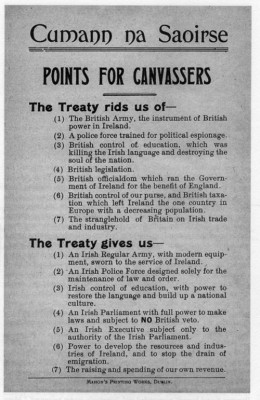
June 22 1922 Galwegians looked on with alarm as anti-Treaty forces, who had taken up positions in a number of buildings in the city, including the former RIC station at Eglinton Street, were preparing for a fight. That morning Michael Brennan, IRA commander of the only major pro-Treaty unit in the west, under orders from Richard Mulcahy Free State Army commander, entered the city with a large well armed force. They immediately secured the county-jail, the courthouse, and the railway hotel. Having seen the end of the War of Independence, and having voted by a substantial majority just weeks before for parties supporting the Treaty with Britain, this was a tragic state of affairs. Galwegians feared an all out pitched battle, followed by the horrors of the previous years of struggle. This time, however, the enemy was not Britain, but former friends and comrades.
New book on 1920s Galway politics to be launched
The early 20th century in Ireland witnessed many significant events - 1916, the War of Independence, the Civil War, etc - and Galway was as caught up in those events as anywhere else in the country.
Galway 1910 - 1923, the changing years
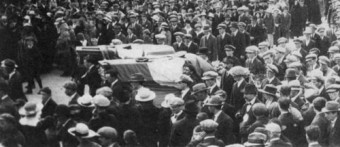
Early in 1916, Pádraic Pearse visited Athenry to discuss plans for the Rising. He wanted the Volunteers to hold the county at the River Suck at Ballinasloe, to capture Galway city, and then, if possible, to march on Dublin. There were several variations of this strategy, but whichever plan was finally agreed, its success depended on the Volunteers receiving modern weaponry. Up to then the men had been rehearsing with shotguns, and sticks. Pearse assured them that small arms, including assault rifles and machine guns, were on their way. They would arrive in Gort, and be distributed from there.
Galway - the most shoneen town in Ireland!
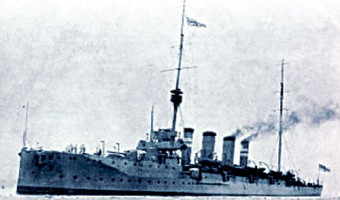
On Tuesday April 26 1916, 95 years ago this week, many people in Galway town were gripped by rumour and hysteria. Rebellion in Dublin had been the sole source of conversation the evening before, but now telegraph lines were cut down, no trains were running, and news that rebellion had broken out in Oranmore, Clarinbridge and Athenry, brought events closer to home. All roads out of the town were considered too dangerous to travel. All shops and factories closed. People stood in small groups discussing the situation. There were fears that the rebels were approaching the town.*
Galway launch for new book on Ireland’s turbulent weather
Ireland’s turbulent weather from summer 2009 to summer 2010, which saw floods, torrential rain, and severe cold, is examined in a new book to be launched in Galway this evening.
Launch of book on the Galwegian who helped found The Tories
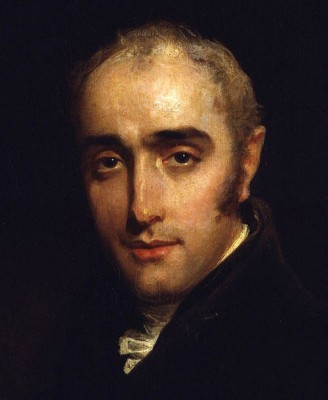
A NEW book on John Wilson Croker, the Galwegian who played a key role in the development of the Conservative Party in Britain, will be launched tomorrow.
A historians’ Round Table - an open invitation
Many years ago I had the privilege of being invited, with Alf MacLochlain, then the Librarian at NUI Galway, to contribute to a Radio One programme on the state of the Irish publishing industry, which was then flourishing for the first time in the country’s history.
Books on my table this Christmas
I have often been intrigued by the stories of German spies parachuted into Ireland during World War II. It was quite an intriguing time. De Valera was anxious to steer the country in neutral waters, despite serious pressure from Britain and America to at least open our ports to the transatlantic convoys which were being hammered by German U-boats. The IRA and its sympathisers, were pro German to such an extent that Germany believed it could foster a lot of trouble in Britain’s ‘back yard’ by encouraging the IRA to make mischief.
The mistress of the Fine Gael party?
In 1966, the 50th anniversary of the 1916 Rising, Eamon de Valera confidently put himself forward for re-election. Fine Gael decided to contest the election and put forward Tom O’Higgins. The idea of Fine Gael opposing ‘The Chief’ in the same year as the golden jubilee of the Easter Rising greatly irritated many within Fianna Fáil. Some members of the party blamed The Irish Times, which had insisted that the electorate be given a choice of candidates. In November 1965 it had declared that ‘the spirit of 1916 would be well borne out if next year were to see a Fine Gael President. For the other side of the old Sinn Féin house has still its part to play and that party is not lacking in men who could with dignity and vigour fill the office.’ It also welcomed O’Higgins’ candidacy by noting that the electoral contests were ‘the essence of a healthy democratic system’.

